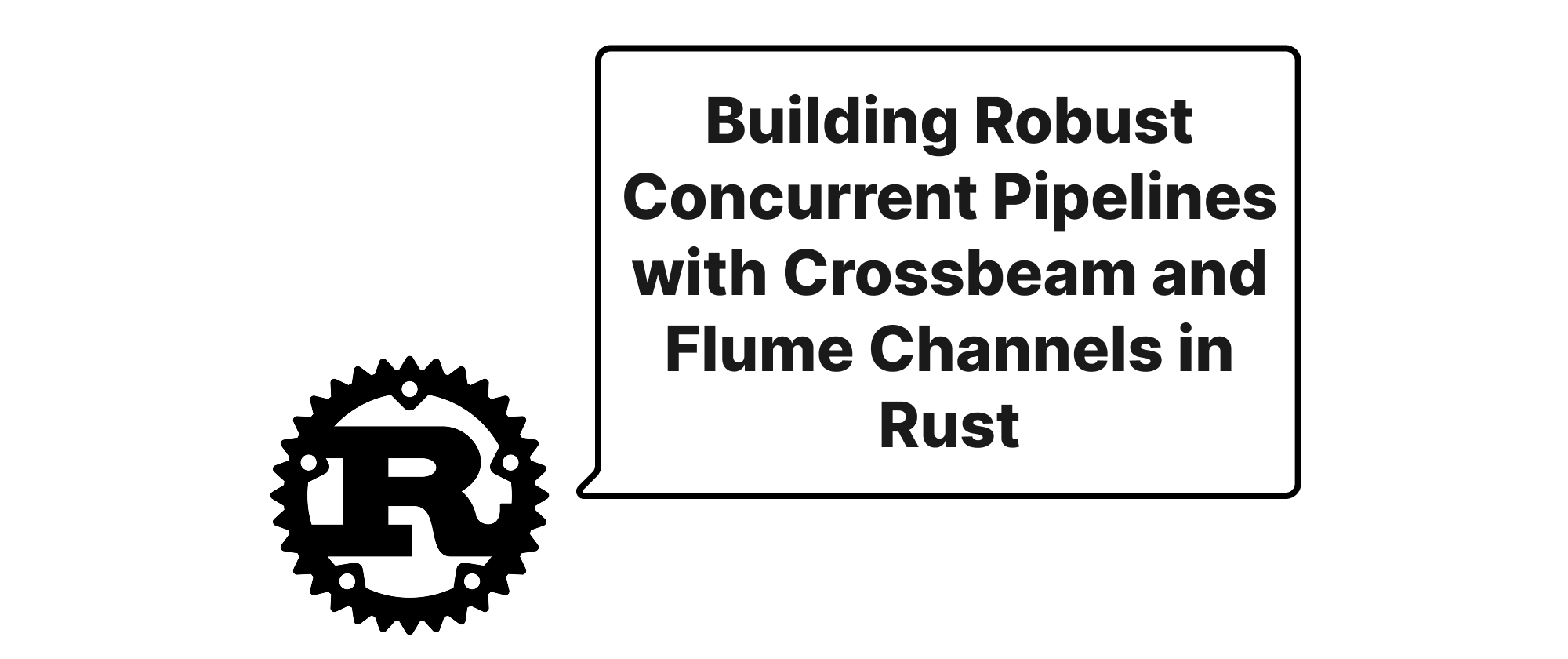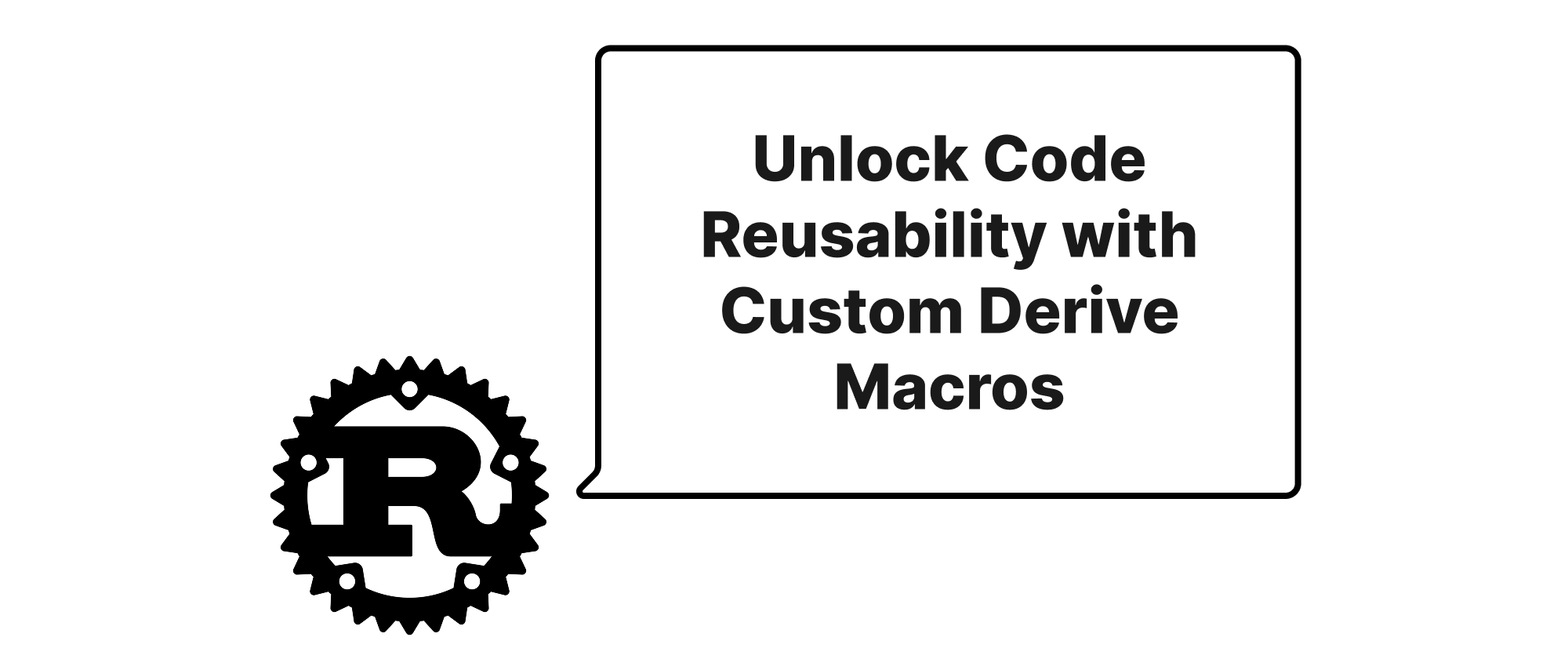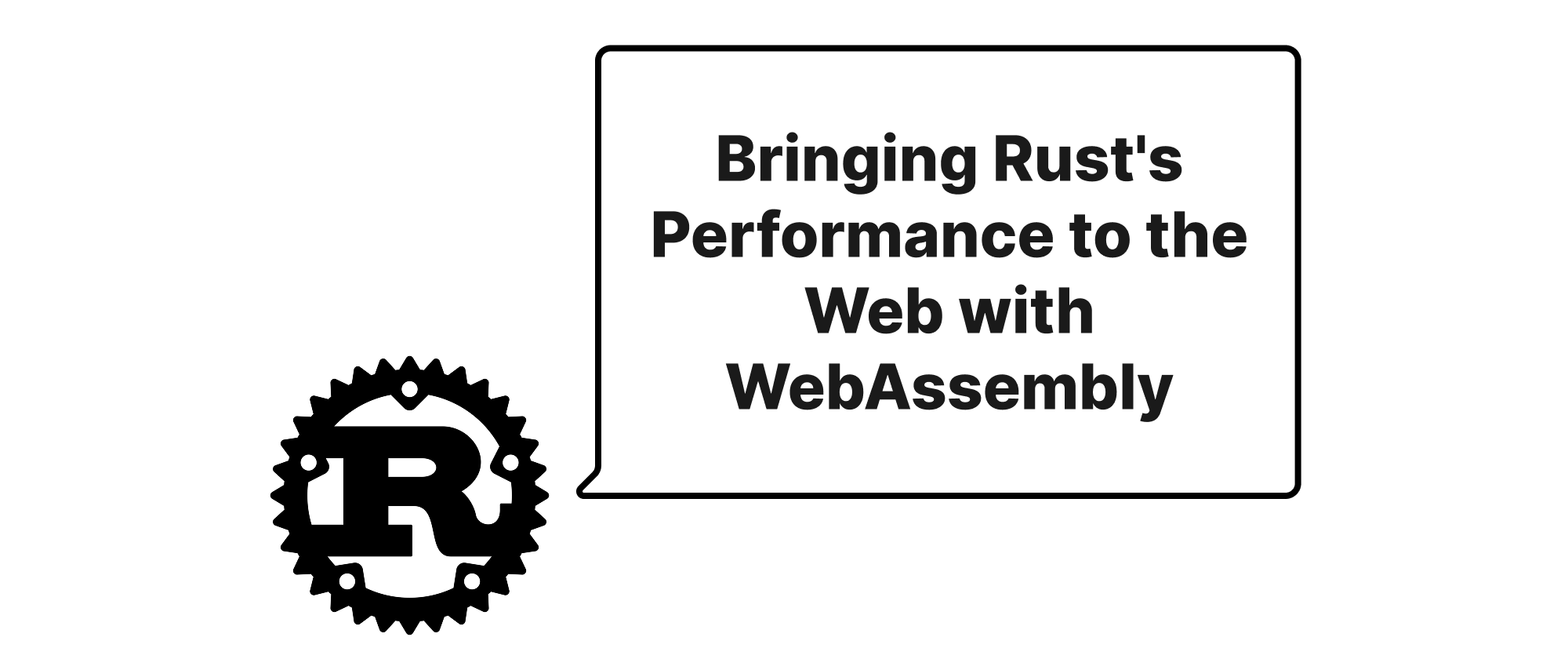Building Robust Concurrent Pipelines with Crossbeam and Flume Channels in Rust
Grace Collins
Solutions Engineer · Leapcell

Introduction
In the realm of concurrent programming, efficient communication between different threads or tasks is paramount. As software systems grow in complexity, the need for robust and scalable mechanisms to handle data flow between multiple producers and multiple consumers becomes increasingly critical. Whether you're building a network server handling numerous client requests, a data processing pipeline, or a real-time simulation, the ability for various components to generate and consume data asynchronously and safely is a cornerstone of performant and reliable applications. In Rust, renowned for its fearless concurrency, channels provide an elegant and type-safe solution for inter-thread communication. This article will explore how to leverage two popular and highly optimized channel libraries, crossbeam-channel and flume, to implement multi-producer multi-consumer (MPMC) patterns, showcasing their simplicity, performance, and the scenarios where each might shine.
Understanding Concurrent Channels and MPMC
Before diving into the specifics of crossbeam-channel and flume, let's clarify some fundamental concepts:
- Concurrency: The ability to execute multiple tasks seemingly at the same time, often by interleaving their execution or running them on different CPU cores.
- Parallelism: A subset of concurrency where multiple tasks genuinely execute simultaneously, typically on multiple processors.
- Channel: A communication primitive that allows one part of a program (the sender) to send data to another part of the program (the receiver). Channels provide a safe and synchronized way to transfer data between threads.
- Producer: A thread or task that generates data and sends it into a channel.
- Consumer: A thread or task that receives data from a channel and processes it.
- Multi-Producer Multi-Consumer (MPMC): A concurrent pattern where multiple producer threads can send data to the same channel, and multiple consumer threads can receive data from that same channel. This pattern is highly flexible and common in many concurrent systems.
The core challenge in MPMC systems is ensuring data integrity, preventing race conditions, and handling synchronization efficiently. Rust's type system and ownership model, combined with specialized channel libraries, make this much more manageable than in many other languages.
Multi-Producer Multi-Consumer with Crossbeam-Channel
crossbeam-channel is a high-performance, bounded and unbounded MPMC channel implementation from the Crossbeam Project. It's known for its low-overhead design and excellent performance characteristics, often outperforming the standard library's std::sync::mpsc in many scenarios.
Principles of Crossbeam-Channel
crossbeam-channel provides Sender and Receiver types. Crucially, both Sender and Receiver can be cloned, enabling the MPMC pattern. Cloned Senders can all send to the same channel, and cloned Receivers can all receive from the same channel. When an item is sent, only one of the active receivers will get it.
Practical Implementation
Let's illustrate an MPMC example where multiple "worker" producers generate numbers, and multiple "processor" consumers sum them up.
use crossbeam_channel::{unbounded, Sender, Receiver}; use std::thread; use std::time::Duration; fn main() { let (s, r): (Sender<u32>, Receiver<u32>) = unbounded(); let num_producers = 3; let num_consumers = 2; let items_per_producer = 5; // --- Producers --- let mut producer_handles = Vec::new(); for i in 0..num_producers { let producer_s = s.clone(); // Clone the sender for each producer producer_handles.push(thread::spawn(move || { for j in 0..items_per_producer { let item = (i * 100 + j) as u32; // Unique item from this producer println!("Producer {} sending: {}", i, item); producer_s.send(item).expect("Failed to send item"); thread::sleep(Duration::from_millis(50)); // Simulate work } })); } // Drop the original sender so that the receivers know when all producers are done drop(s); // --- Consumers --- let mut consumer_handles = Vec::new(); for i in 0..num_consumers { let consumer_r = r.clone(); // Clone the receiver for each consumer consumer_handles.push(thread::spawn(move || { let mut total_sum = 0; println!("Consumer {} started...", i); loop { match consumer_r.recv() { Ok(item) => { println!("Consumer {} received: {}", i, item); total_sum += item; } Err(crossbeam_channel::RecvError) => { // All senders have dropped, channel is empty. println!("Consumer {} finished. Total sum: {}", i, total_sum); break; } } } })); } // Wait for all producers to finish for handle in producer_handles { handle.join().expect("Producer thread panicked"); } // Wait for all consumers to finish for handle in consumer_handles { handle.join().expect("Consumer thread panicked"); } println!("All tasks completed."); }
In this example:
unbounded()creates an unbounded channel.crossbeam-channelalso offersbounded(capacity)for fixed-capacity channels, which is often preferred for backpressure.- We
clone()theSenderfor each producer thread. Each clone allows a separate thread to send data. - Similarly, we
clone()theReceiverfor each consumer thread. Each clone will attempt to receive data, and an item sent by a producer will be received by only one of the active consumers. - Crucially, we
drop(s)the original sender after cloning all producer senders. This signals to the receivers that no more new data will be sent once all cloned senders also drop. Therecv()method then returnsErr(RecvError)when the channel is empty and all senders have been dropped. This is the standard way to signal channel closure.
Application Scenarios for Crossbeam-Channel
- High-throughput data pipelines: When maximizing data flow and minimizing latency are key.
- Load balancing: Distributing tasks among a pool of worker threads.
- Asynchronous event processing: Multiple sources generating events for multiple handlers.
Multi-Producer Multi-Consumer with Flume
flume is another popular channel library in Rust, known for its elegant API and often exceptional performance, especially for MPMC scenarios. It typically boasts a smaller footprint and can sometimes outperform crossbeam-channel in specific benchmarks due to its highly optimized internal structure.
Principles of Flume
Like crossbeam-channel, flume provides Sender and Receiver types that can be cloned to achieve MPMC. flume also supports both bounded and unbounded channels. A notable feature of flume is its very lightweight internal synchronization, aiming for minimal overhead.
Practical Implementation
Let's adapt the previous example using flume. The API is quite similar, making the transition straightforward.
use flume::{unbounded, Sender, Receiver}; use std::thread; use std::time::Duration; fn main() { let (s, r): (Sender<u32>, Receiver<u32>) = unbounded(); let num_producers = 3; let num_consumers = 2; let items_per_producer = 5; // --- Producers --- let mut producer_handles = Vec::new(); for i in 0..num_producers { let producer_s = s.clone(); // Clone the sender for each producer producer_handles.push(thread::spawn(move || { for j in 0..items_per_producer { let item = (i * 100 + j) as u32; println!("Producer {} sending: {}", i, item); producer_s.send(item).expect("Failed to send item"); thread::sleep(Duration::from_millis(50)); } })); } // Drop the original sender here. If all producer_s clones are dropped, // the channel will be considered closed for receiving. drop(s); // --- Consumers --- let mut consumer_handles = Vec::new(); for i in 0..num_consumers { let consumer_r = r.clone(); // Clone the receiver for each consumer consumer_handles.push(thread::spawn(move || { let mut total_sum = 0; println!("Consumer {} started...", i); // Iterating over the receiver is idiomatic for flume and crossbeam // and automatically handles the channel closure. for item in consumer_r.iter() { println!("Consumer {} received: {}", i, item); total_sum += item; } println!("Consumer {} finished. Total sum: {}", i, total_sum); })); } // Wait for all producers to finish for handle in producer_handles { handle.join().expect("Producer thread panicked"); } // Wait for all consumers to finish for handle in consumer_handles { handle.join().expect("Consumer thread panicked"); } println!("All tasks completed."); }
Key similarities and differences with the crossbeam-channel example:
- The syntax for creating an unbounded channel is
unbounded(), mirroringcrossbeam-channel.flume::bounded(capacity)is available for bounded channels. - Cloning
SenderandReceiverworks identically for MPMC. - The most significant idiomatic difference in the consumer loop is using
for item in consumer_r.iter(). This iterator will automatically yield items until the channel is closed (i.e., allSenderinstances, including clones, have been dropped, and the channel is empty), at which point the loop terminates. This often leads to cleaner consumer code.
Application Scenarios for Flume
- Embedded systems or resource-constrained environments: Its minimal overhead can be advantageous.
- High-volume, low-latency messaging: Where every microsecond counts.
- Any MPMC scenario:
flumeis a strong general-purpose contender for MPMC channels.
Choosing Between Crossbeam-Channel and Flume
Both crossbeam-channel and flume are excellent choices for MPMC communication in Rust. The "best" choice often depends on specific benchmarks for your use case and personal preference.
- Performance: Both offer stellar performance, often outperforming
std::sync::mpsc. Benchmarks vary by core count, message size, and producer/consumer ratios.flumeis often highlighted for its very low latency and memory footprint.crossbeam-channelis a mature and highly optimized solution from the well-regarded Crossbeam project. - API Ergonomics: Both have clean and intuitive APIs.
flume'siter()method for receivers is a particularly elegant touch. - Features: Both support bounded and unbounded channels,
try_send/try_recv, and blocking/non-blocking operations. asyncsupport: Both libraries have features and companion crates (async-channelforflume,crossbeam-channelcan be used withselect!blocks fromcrossbeam, and there are adapters forfutures) that enable their use inasynccontexts.
For most common applications, either library will provide excellent results. If you are starting a new project, flume's simplicity and performance often make it a compelling choice. If you are already within the Crossbeam ecosystem or need some of its more advanced synchronization primitives, crossbeam-channel integrates seamlessly.
Conclusion
Implementing multi-producer multi-consumer patterns is fundamental to building scalable concurrent applications. Rust's ecosystem provides powerful and safe tools like crossbeam-channel and flume to tackle this challenge. By leveraging their highly optimized channel implementations, developers can build robust and performant concurrent pipelines with confidence. Whether your priority is raw speed, minimal resource usage, or API elegance, both libraries offer compelling solutions for efficient inter-thread communication.


